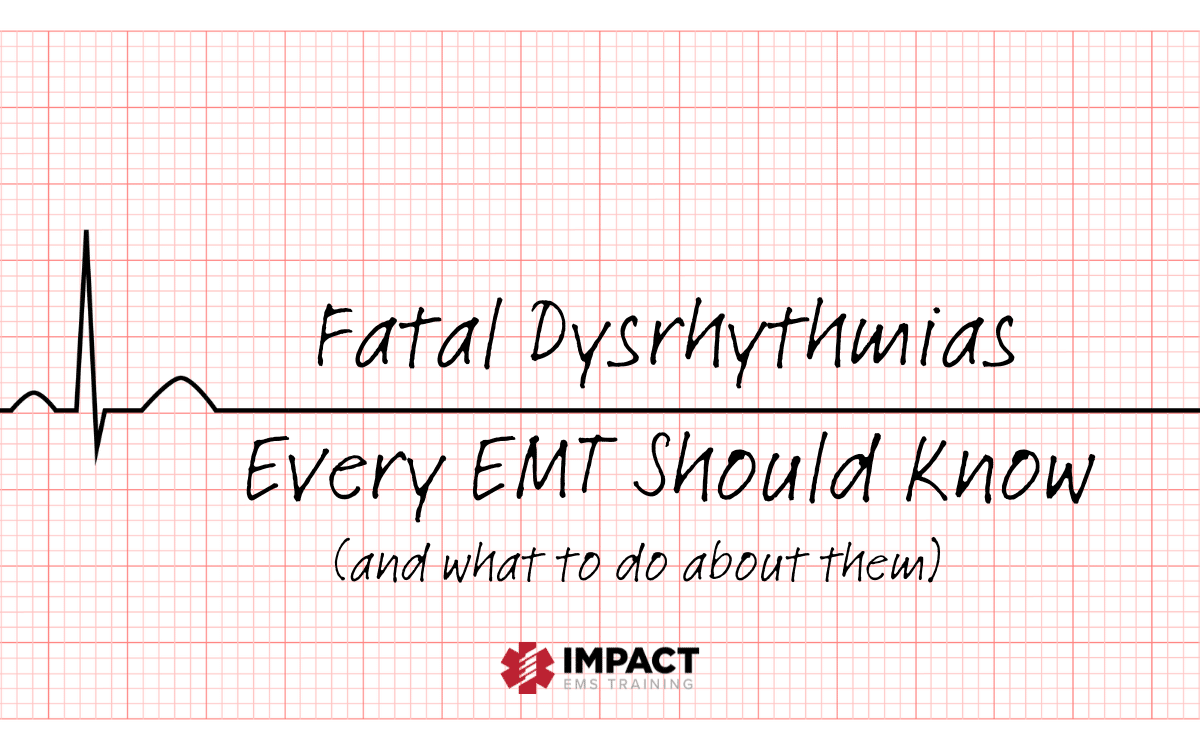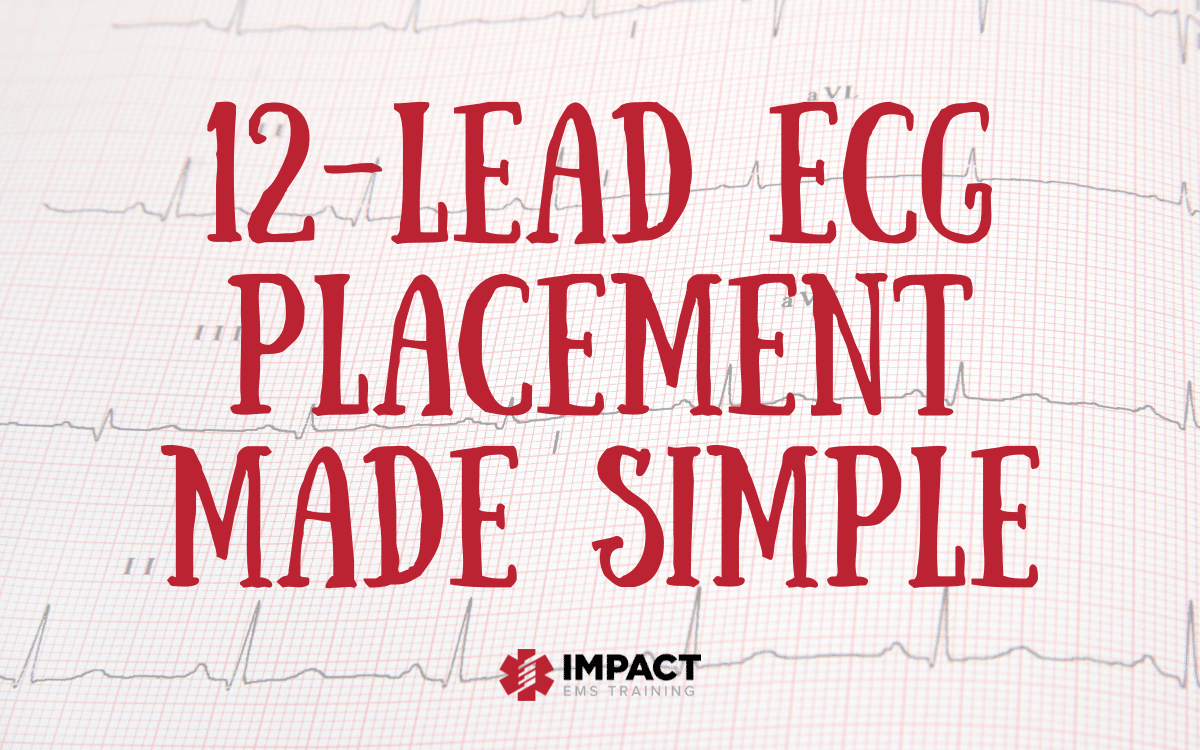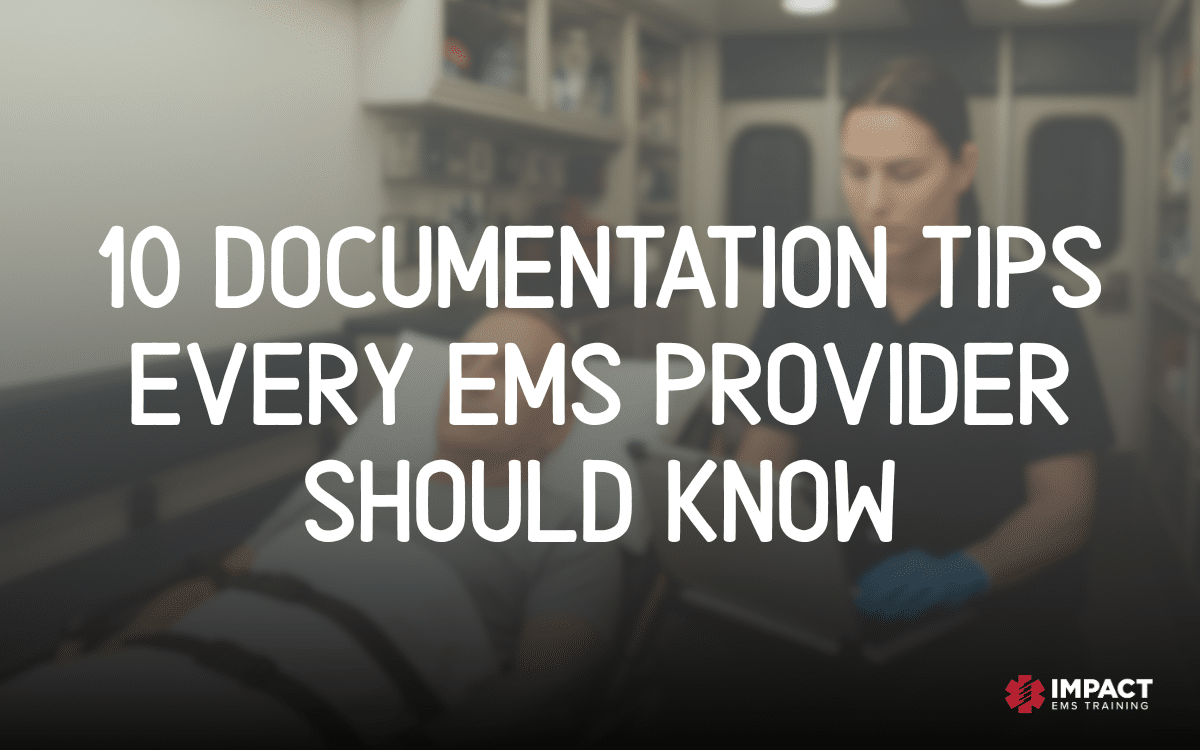(Disclaimer: the following series is meant to be a light-hearted, silly way to learn about the right ventricle while poking fun at the awkwardness of dating. There will be goofy generalizations made about men AND women; none of them are meant to be offensive. Please laugh at my jokes. And learn, but mostly just laugh.)
It is the Year of Our Lord 2020 and all dating begins on the internets. You’re between calls and scarfing your lunch while swiping through profiles. Left. Left. Left. Ooo, she seems fun, swiping right. Left. Ugh, double left. WOWZERS DO MY EYES DECEIVE ME WHO IS THIS GODDESS FULL OF HEALTH AND BEAUTY?
You want to get to know more about her. Hobbies. Personality. What she does for a living. Where she hangs out for fun. So you slide into her DMs.
The right ventricle (RV) is on the lower right side of the heart, but because of the angle that the heart sits in the thoracic space, the RV is the most anterior presenting portion of the heart. The left ventricle (LV) is the prettier sister of the two and she usually gets all the attention, but RV parks herself front and center so she can catch your eye.
She’s got a super important job (#ESSENTIAL) but she does it quietly and without much recognition. She makes THE BEST burgers and fries at Five Guys (I received no compensation for product placement here, but I’m not above it, so if you’ve got connections, send me lunch!). It receives deoxygenated blood from the right atrium through the tricuspid valve and delivers it into the pulmonary vasculature through the pulmonic valve using low pressure. During diastole, pressures vary from 0-8mmHg and during systole, pressures are 15-25mmHg.
The RV differs from the LV in that it receives coronary perfusion during the entire cardiac cycle. THIS GIRL NEEDS ATTENTION ALL THE TIME! The pressure the RV exudes on the surrounding myocardium is much less than the high pressure of the LV, therefore the coronary perfusion is able to flow without being cut off by the high pressure of myocardial contraction during systole. Conversely, the bulkier and stronger LV (8-11mm thick) only receives coronary flow during diastole (remember to allow for full recoil between chest compressions for this very reason!). The free wall of the RV (2-3mm thick) is perfused by some of the branches off the left anterior descending (LAD) branch of the left main coronary artery, and the septum (which serves as the left wall of the RV) is nourished by both the right coronary artery and the LAD.
The myocardium (not just the RV) does not have any oxygen reserve and it requires a constant flow of oxygen-rich blood because it is always at work, metabolizing oxygen around the clock! This is why time=tissue when recognizing how imperative it is to get our patients to definitive care during a myocardial infarction. There is, however, a great variance in the oxygen demands of the myocardium. Think of it as a scale from high oxygen demand to REALLY HIGH oxygen demand (insert joke about women being on a scale of crazy to BAT SH*T CRAZY…there is no “low” part of this scale). The coronary flow can range from 10-600mL/min/100g of myocardial tissue. That is a HUGE range! How can our bodies regulate that, you ask? Through control of the diameter of the coronary arteries; when oxygen demand goes up (ie: exercise, stress, sitting down at your favorite taco joint), so do the coronary arteries dilate. As the metabolism slows back down, the coronary arteries narrow to reduce the flow to the myocardium. Also of note, myocardial tissue is highly efficient with its oxygen extraction from arterial blood, pulling 70% of the oxygen off the hemoglobin compared to 25% in other tissues. What can I say? The myocardium is much like women: we work smart!
You swap numbers and send her a text to see if she’s free Tuesday night. You plan to meet up at your favorite Mexican restaurant for $2 tacos and bottomless Diet Coke. She walks in and you get your first glance of her. To get a quick assessment of RV function without an ECHO or invasive monitoring, a clinician can look at the neck for jugular vein distention (JVD). While there are many causes of JVD, when combined with a clinical presentation consistent with RV failure, JVD can be a trusted measure of the severity of dysfunction. The right jugular vein feeds directly into the right heart and in the presence of increased RV pressure, the pressure back feeds up into and blood passively congests within low pressure vascular spaces. These patients also develop liver engorgement due to increased venous pressure, which presents as tenderness on palpation, enlargement, and variable levels of liver dysfunction. In severe RV failure, vascular volume extravasates in an effort to reduce venous pressure, which leads to pitting edema and ascites. As a direct result of the failure of the RV, the LV is not fed with adequate volume, thus reducing cardiac output and perfusion.
A common intervention when a clinician identifies poor perfusion is to give a fluid bolus, which is a great choice when the cause for hypoperfusion is hypovolemia. However, in the setting of right heart failure, you are surely signing the death certificate of the patient if you attempt to fix hypotension with fluids. You will ruin the first date with epic proportions if you give a fluid bolus in the setting of RV failure.
We are gonna put a pin in this because it’s getting long. Come back soon for The Right Ventricle: Your First Big Fight to find out how to fix things when your new relationship goes sideways!
References:
This series was inspired by a ridiculously good podcast over at the EMCrit page and I cannot pretend to do her lecture justice with my blog. Hop on over and take a listen to Sara Crager discuss RV failure management…
https://emcrit.org/emcrit/right-heart-sara-crager/
https://litfl.com/oxygen-extraction-ratio/
Darovic, G. O. (2002). Hemodynamic monitoring: invasive and noninvasive clinical application. Philadelphia: W.B. Saunders Co.
https://www.ncbi.nlm.nih.gov/pmc/articles/PMC4225807/
Clark, D. Y., Stocking, J. C., Johnson, J., Treadwell, D., & Corbett, P. (2017). Critical care transport core curriculum. Aurora, CO: ASTNA.
https://www.ncbi.nlm.nih.gov/books/NBK431048/
https://www.ncbi.nlm.nih.gov/pmc/articles/PMC5537114/
https://www.emra.org/emresident/article/managing-acute-right-ventricular-failure/
https://journal.chestnet.org/article/S0012-3692(15)30257-9/fulltext
https://pubchem.ncbi.nlm.nih.gov
Impact EMS offers accredited certification and refresher courses in one trusted location. Fully prepare for certification exams and maintain licensure with skill building credits.






